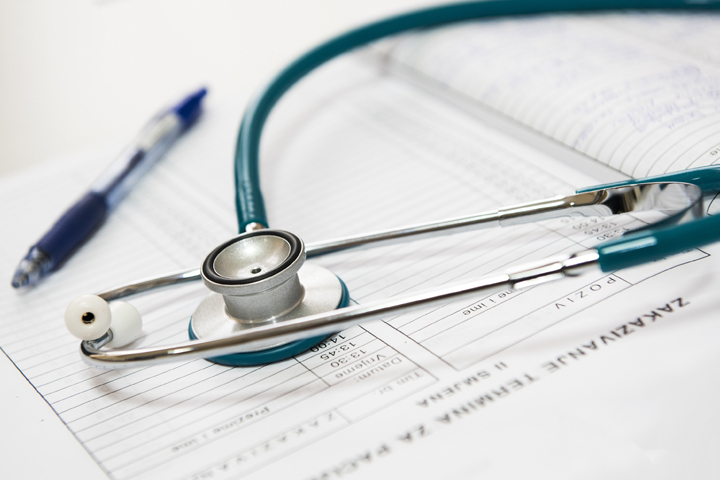
If you are at risk of bone loss, please make an appointment with your GP to further discuss your bone health.
If you are at risk of bone loss, a DXA scan, similar to an X-ray, is the only test the Irish Osteoporosis Society who are the leading experts in bone loss recommend. A DXA scan measures your bone density, which is the quality of your bone and will show if you are at risk of breaking bones.
A bone density scan called a Dual Energy X-ray Absorptiometry (DXA or DEXA scan), is used to measure the density of your bones. This test is currently the most accurate and reliable means of assessing the strength of your bones and your risk of breaking a bone.
A DXA scan is a simple, painless procedure that uses very low doses of radiation (10% radiation of a regular chest X-Ray).
You will be asked to lie down on a table for 15-20 minutes, whilst an x-ray arm passes over you to take an image of your spine and hips. The test is not claustrophobic.
A bone density scan can diagnose Osteoporosis, assess your risk of breaking a bone and monitor the effects of treatment. DXA scan results are explained in numbers called T-scores. Your doctor will be sent a copy of your DXA results, and it is essential to discuss what the results mean for you, as most breaks are preventable.
A DXA scan costs approximately €110. You can, however, claim tax relief for medical expenses. Click here to visit the Irish Revenue Commissioners website to get more information and download Form Med 1. Please contact your insurance company to see if they cover DXA scanning.
A DXA scan of your spine and hips is the only test the Irish Osteoporosis Society recommend for screening and diagnosing Osteoporosis.
To find the DXA scanner nearest to you click below